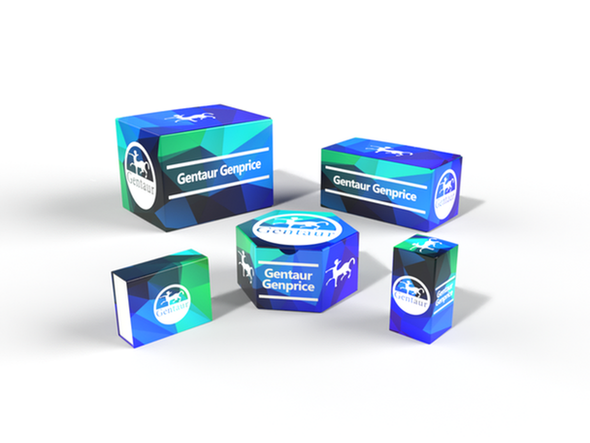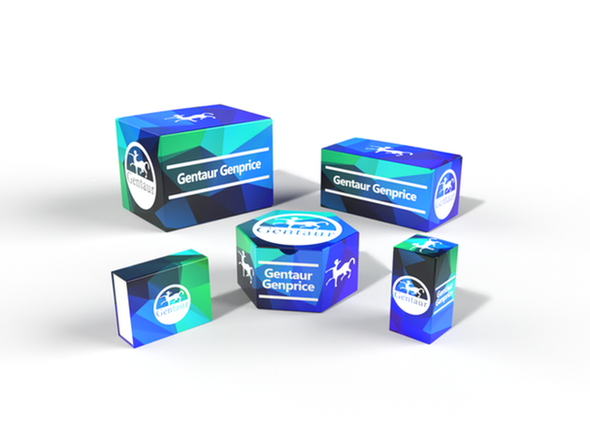50
Anti 4-HNE monoclonal antibody
- SKU:
- 50-MHN-100P-GEN
- Availability:
- Usually ships in 5 working days
Description
Anti 4-HNE monoclonal antibody
Description 4-hydroxy-2-nonenal (4-HNE):
Reactive oxygen species (ROS) are involved in lipid peroxidation inside the living bodies, and membrane lipids are one of the major targets of ROS. During the peroxidation process, a variery of aldehydes are formed. 4-hydroxy-2-nonenal (4-HNE) is an alpha, beta unsatulated aldehyde that can be formed by peroxidation of omega-6 unsatulated fatty acids such as linoleic acid and arachidonic acid. Especially, 4-HNE formed inside living body is reported to originate from phospholipid-bound arachidonic acid. 4-HNE may be one of the most reliable biomarker of lipid peroxidation.
| Specifications | ||||||||||||||
|
| References | ||||
|
Additional Information
Size: |
100 ug of IgG/vial |
Type of Marker: |
Lipid oxidation |
Marker: |
ACR |
Storage: |
Less than -20°C |
Usage: |
Tissue |
Application: |
Immunohistochemistry, western blotting and ELISA. |






